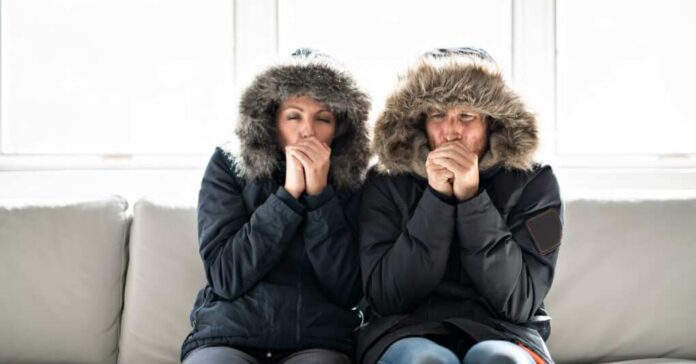While President Biden’s electric vehicle (EV) mandates and subsidies hog the limelight, his administration’s latest foray into eco-friendly fiascos—the promotion of electric heat pumps—threatens to outdo even his most headline-grabbing half-baked schemes.
Enter the humble heat pump, hailed as the savior of household heating, presented with all the innocence of a newborn lamb yet arguably possessing the wisdom of a headless chicken. Sure, it’s got its share of selling points—lower carbon footprint, check; reduced reliance on fossil fuels, check; but lurking beneath its shiny exterior lies Pandora’s box of woes. From concerns over affordability, functionality, and environmental impact to the glaring issue of grid dependency, it’s enough to make you clutch your woodstove a little tighter.
So, while the media circus parades Biden’s grand visions of an EV utopia, don’t be fooled—this push for electric heat pumps might just be the administration’s pièce de résistance in the comedy of errors that is its climate policy.
Right now, heat pumps are being promoted as an eco-friendly substitute to regular energy sources and have been provided with significant subsidies under Biden’s administration. However, there are concerns regarding their cost, functionality, impact on the environment, and dependence on the grid. Homeowners in colder regions who rely solely on electric heat are particularly vulnerable to power outages, which can be risky.
Despite the Biden administration’s claims of bolstering energy security, the reality is far from certain. While heat pump efficiencies are promoted as groundbreaking, the risks associated with grid dependency remain largely unaddressed. Heat pumps may offer benefits as supplemental heat sources in regions with milder climates. However, in colder areas with harsh winters, reliance on electric heat alone could prove disastrous.
Unlike oil or gas heat, which can often be maintained during power outages with the help of generators, heat pumps lack such backup options. This puts households at risk of freezing pipes, illness, and even death during grid failures. This was made obvious in February 2021, when Texas, a warm-weather state, experienced a severe winter storm that caused the worst power infrastructure failure in the state’s history, resulting in 246 deaths, although many experts put that number much higher.
As the country moves forward with the green agenda, there is an increase in demand for the electric grid, compounded by the proliferation of data centers and electric vehicles, which are further straining an already fragile infrastructure. The push for heat pumps, coupled with substantial subsidies, may seem appealing on the surface. However, the long-term consequences of widespread grid dependency could be dire, particularly for low- and moderate-income households. Despite efforts to promote energy efficiency, the potential for property damage and loss of life during power outages cannot be ignored.
In states like Vermont, where blackouts are common, the reliance on traditional heating methods, such as wood stoves, has historically provided a sense of security. The government’s promotion of techno-dependency through subsidies is a dangerous trend that threatens to undermine our self-reliance.
The current trajectory towards grid-dependent technologies raises concerns about the wisdom of such policies. Whether driven by oversight or intention, the result is the same: Americans are being steered towards untested products at the expense of their own autonomy. The promise of “strengthening energy security” rings hollow in the face of potential vulnerabilities. There should be a need to ensure that products used by Americans are tested and proven effective so that their tax dollars are spent wisely.
In the face of uncertainty, some households may choose to hold onto traditional heating methods, like wood stoves, as a safeguard against grid failures. Ultimately, the decision lies with each individual and their risk assessment.



















